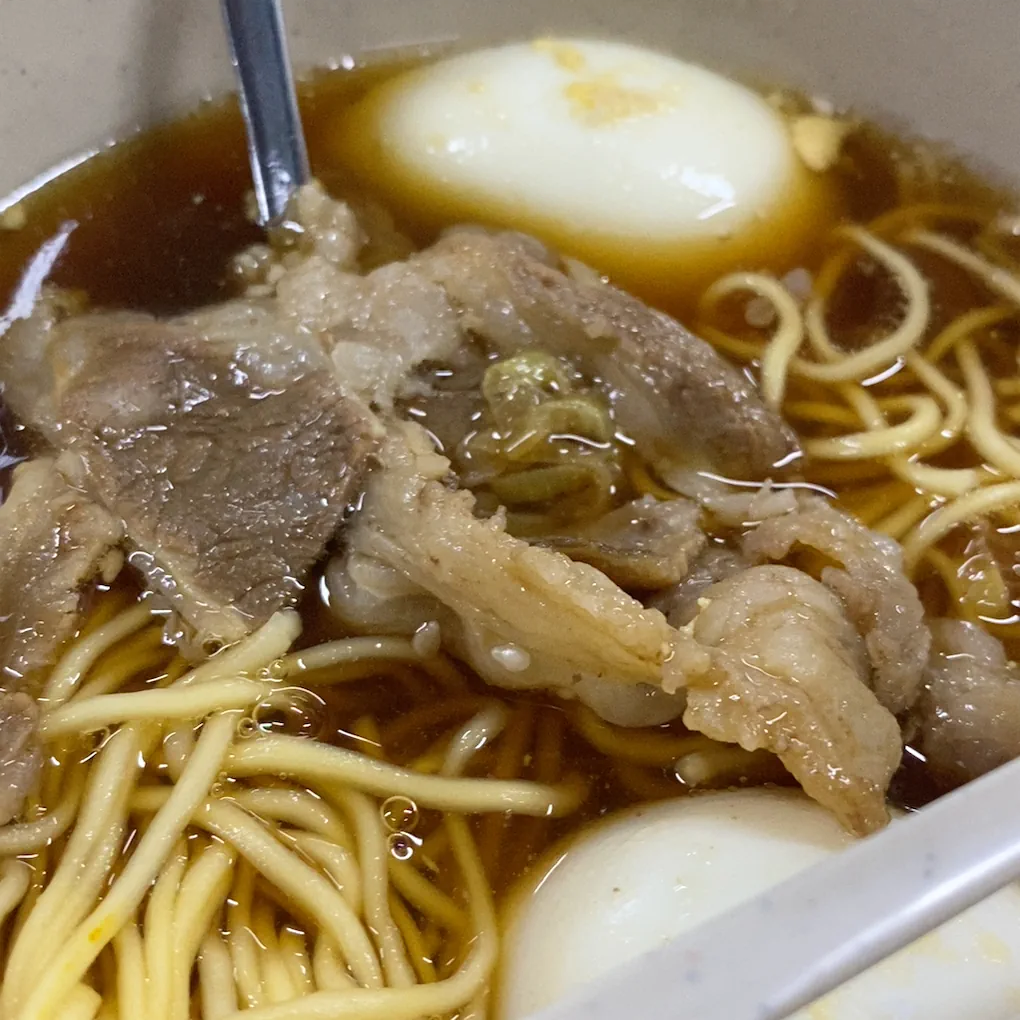School Food: Yay or Nay
What is the first thing that comes to mind when you hear the term “school food”? Is it a hearty, welcoming lunch, or an unappetizing, scarcely edible one? For all living things, food plays an essential role in survival. As students, moving around and learning most of the time wears our bodies out eventually, and to make up for that lost energy throughout the day, we depend on food.
WISers’ thoughts on cafeteria food:
In the midst of the lively, active cafeteria, students’ perspectives on school food vary. Some enjoy the indulgence, while others grumble about quality and nutritional value. Let’s take a trip to the cafeteria and hear firsthand judgments from our WISers, who understand our school’s food better than anyone.
Quỳnh Anh, a sophmore from 10.1, said: “It’s really diverse, eye-catching, and suitable for students’ taste palettes. I’d recommend adding more vegetables to the portions for higher fiber contents."
Aside from traditional Vietnamese dishes, for example, steamed egg meatloaf (chả trứng hấp) and bun bo Hue (bún bò Huế), Wellspring’s monthly menu features exotic cuisines—from Thai, Cambodian, and Taiwanese to European and American food.
“The tteokbokki here is my favorite. I enjoy the chewiness of the rice cakes, especially the sauce, nyum nyummm.” Gia Khang, 7.1, remarked.
For me, the best food I’ve had in our cafeteria were the pyramid rice dumplings (bánh giò). They’re an iconic, savory Northern Vietnamese dish that provides us the carbohydrates, proteins, and fats needed to sustain our energy.
Room for improvement:
Made with fresh, locally grown, and raised ingredients, school food plays a big role in fueling students for the long day ahead of them. We believe that it has the potential to be more than just a meal—a warm, wholesome meal that’ll nourish students’ bodies with necessary nutrients while also being delicious.
Chilled food is the most common complaint received from students. Students from grades 6–12 eat 40 minutes after others, and as a result, their food cools down. Therefore, many suggested replacing regular aluminum trays for insulated ones. Insulated trays help retain heat and moisture, keeping our food warmer for longer.
Overall, our school has taken impressive strides in providing students with nutritious, appealing meals that incorporate dishes from diverse cultures. By listening to new, innovative ideas and suggestions, we can make eating at school a memorable experience for everyone. How about you—what do you think of school food?



